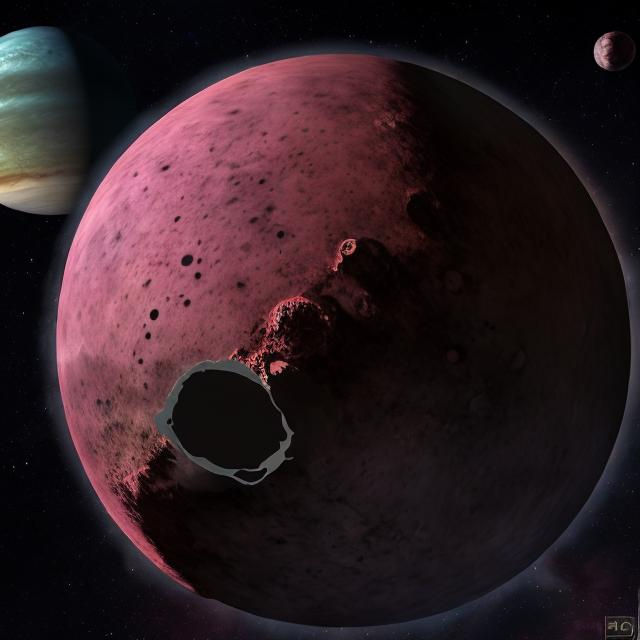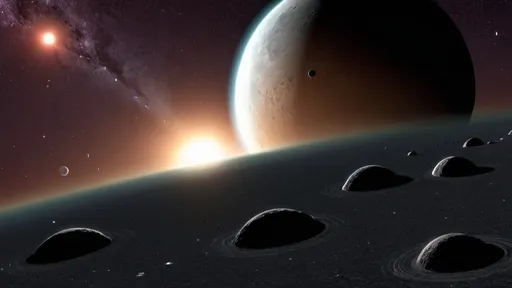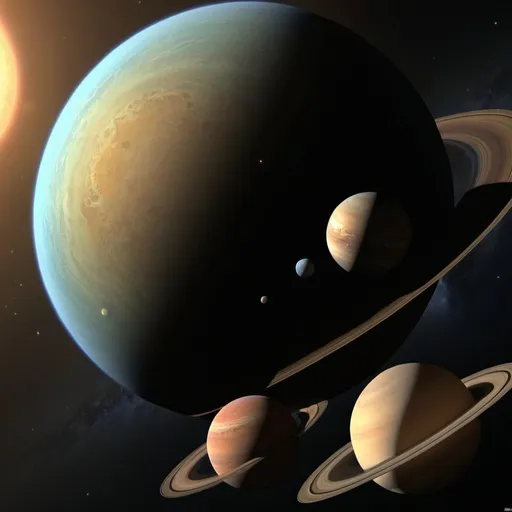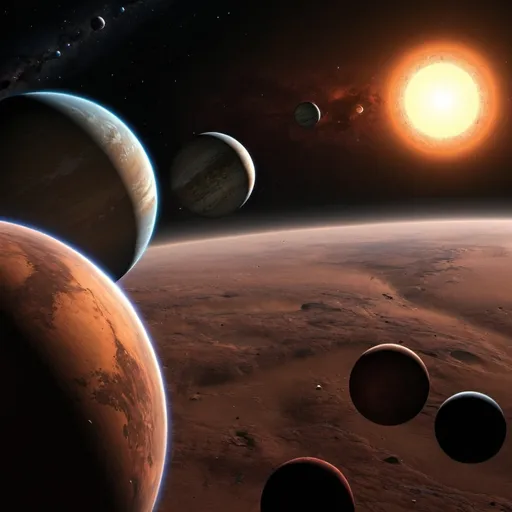Oana Maria Popa
Model: OpenArt CreativeSampler: DPM++ 2M SDE Karras
Prompt:
romulus planet
Width: 640
Height: 640
Scale: 7
Steps: 25
Seed: 294472891
Create your first image using OpenArt.
With over 100+ models and styles to choose from, you can create stunning images.




